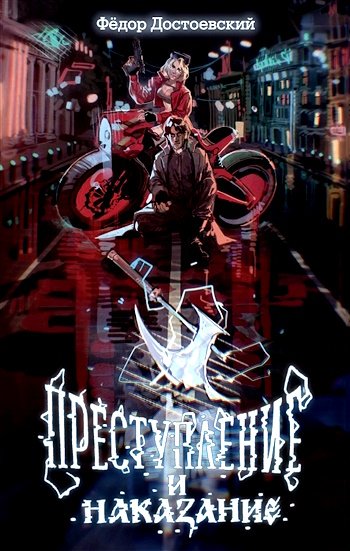MY FATHER'S ASHES
I WAKE WITH THE SUNRISE. As always.
I shift inside the coffin, not yet ready to meet the day.
Then I hear his voice in my head.
Time to wake up, Jake.
I moan in protest but open my eyes, relishing the darkness. I yawn, take in the comforting smell of ancient wood surrounding me, the earthy fragrance of oak mingled with the musky scent of my father.
After a moment, I press my palms against the underside of the lid and push, the hinges smooth and silent, opening myself to a different darkness, that of a wide-open subterranean space. I sit up. Cool air prickles my nerves. My eyesight is well-acclimated to the lack of light, enough to easily see my path. I climb out.
“See ya later,” I say to the brass urn settled at the foot of the long coffin, then close the lid tight.
MOTHER IS IN THE KITCHEN. She leans against the end of the counter smoking a cigarette, watching me. Her blonde hair is a halo against the early morning light, her face a shadow.
“You want pancakes, bucko?” she says, stamping the cigarette out in an ashtray. “You got a couple hours before you gotta be at school.” I nod, and she nods in return, red lips curling into a smile. “All right, then.”
While she starts breakfast, I stumble to the restroom and pee for an eternity. After, I wash my hands, stare at the face in the mirror.
Nearly fifteen.
I study the thick chop of black hair sprung from a head of milk-white skin, pale blue eyes my mother once said reminded her of frozen ponds. I lean in closer, study my cheeks and chin, checking for growth. Luminescent hairs where I’d wish for stubble. I bare my teeth. Strong pearly whites in perfect rows.
I’ve never visited a dentist.
I AM NOT A VAMPIRE.
My father, however, was.
Until he wasn’t.
Caught in the daylight when I was nine years old, he died saving my life.
WE WERE SPENDING A FEW weeks at our summer cabin, deep in the woods north of the city. One night, unable to sleep, I wandered away in the middle of the night with nothing but a flashlight, searching for the creek where I’d seen trout jumping the day before.
I’d made it about a half-mile when a starved-looking mountain lion found me. Not knowing any better, I ran, and it chased. As the dark sky turned a musty blue the cat leaped and I screamed, turning to throw up my arms, waiting for its claws to land on my chest, its open jaws burrowing into my neck. Then there was a blur of motion, and it was as if the cat evaporated in mid-air, the muscular body bent in half like a book being slammed shut. I heard its back snap before it burst into a showering cloud of blood, clumps of fur. A dislodged head rolled past and down a slope into a clump of kudzu.
I blinked and Father was standing before me, looking worried. He kneeled. “Are you okay?”
I nodded, lifted my eyes to the lightening sky. My father’s eyes, normally blue but now a bright gold, looked up as well.
“Too far,” he said, his long, cool hands resting on my shoulders. “Too far.”
There was no panic in his voice. No fear.
Just knowing, and acceptance.
He looked at me and smiled. “Can you find your way back? To the cabin? Your mother is worried.”
I didn’t know if I could or not, but I felt bad, and I was scared. Scared for him. But I nodded again, knowing there was no time. And then the sun broke the horizon.
There was no fire, no screaming and writhing, no last blaze of glory. My dear father was simply there one second, a pile of clothes and ashes the next.
Like a magic trick.
A disappearing act.
I did find the cabin, of course. Marking my way so I could show Mother the way back to what was left of him. Upon our return we both cried, and she carefully scooped up the remains, put the damp ash into a plastic Tupperware container she’d brought with her.
I asked to carry his clothes, wanting the smell of him.
As we walked silently through the lightening trees, I held his ash-dusted clothing close to my chest, my face, in a way I’d never be able to carry the guilt, nor the infinite loss of a father.
AT SCHOOL I FIND PLASTIC vampire teeth hanging against my locker. They’re attached to a string, the string to a large paperclip pushed through the vents of the metal door. I tug the plastic teeth free, open the locker. A piece of yellow legal paper, folded to the size of a postcard, rests on the edge of a shelf.

























